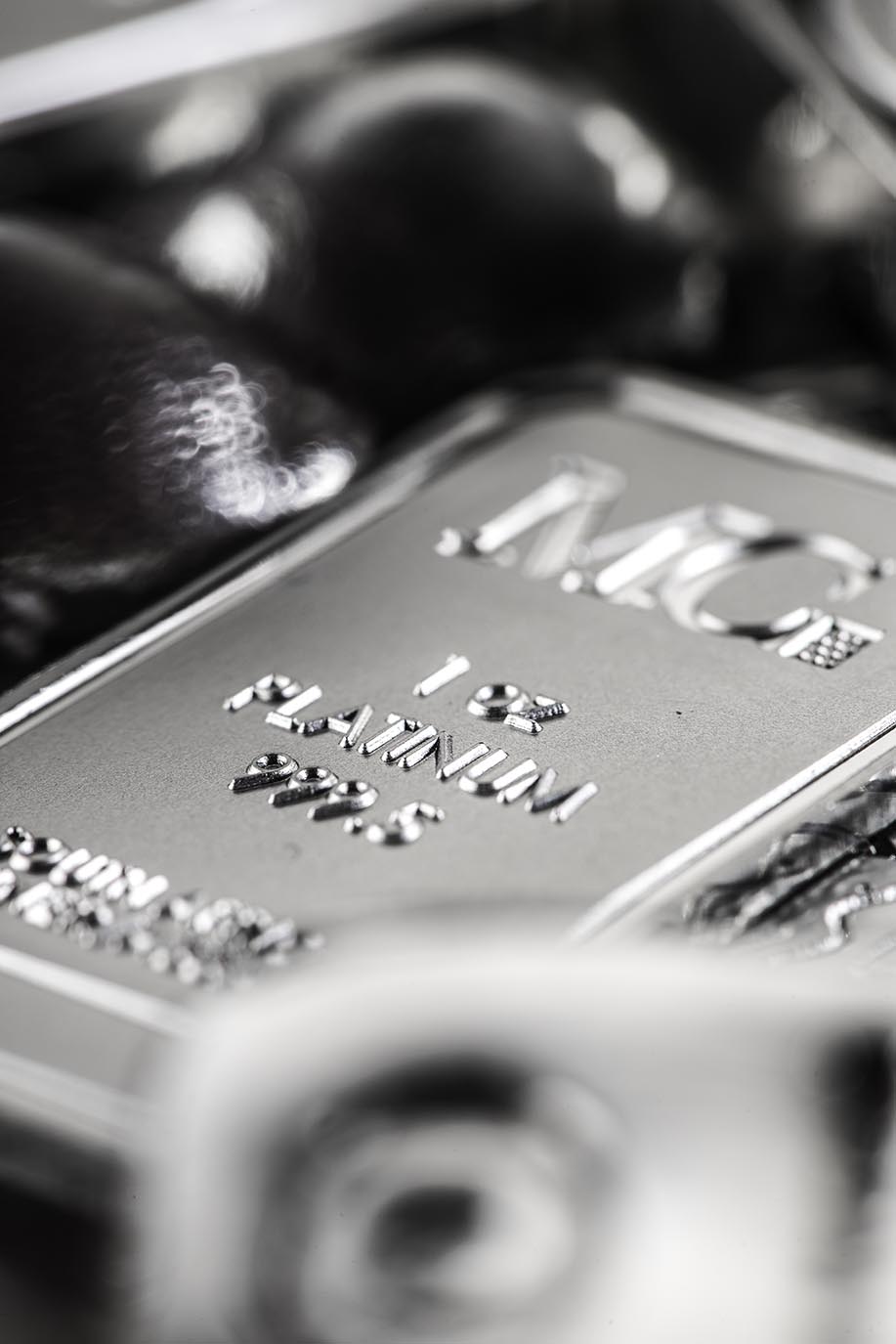
The platinum plated sky winked seductively over the campsite. Orange sparks leapt up to reach the stars, creating a meeting place of serenity. There is nothing quite so captivating as the South African night-sky above a bush retreat on a dark night.
We sat there – the six of us, in comfortable camp chairs around the glowing embers of an indigenous wood fire – an aromatic opiate for the senses. The pure nocturnal air, freed from the oppression of the sun’s onslaught, ruffled our hair playfully.
“It looks like a river of platinum,” remarked Anette, looking upwards at the shimmering swathes of glowing light that illuminated the canopy of the heavens.
Jacob, the silent one, whispered: “There’s more truth in that observation than you probably realise!”
It was an unusual comment. The warmth from the fire suddenly seemed to swell. We were intrigued. Annette’s husband, Dirk, usually boisterous and full of facts about bushveld lore, was unaccountably quiet. Jacob’s wife smiled knowingly … something special was about to be revealed. Patricia and I watched and waited.
“What do you mean by that, Jacob?” asked Anette.
“Well, there’s considerably more platinum in the moon and the meteors up there … than there is down on earth.” There was a long silence, then he continued. “Here, it’s our rarest precious metal and our supply is dwindling. Above us up there are countless billions of tons of it. If we put together all the platinum ever mined on earth, it would only fill an average sized living room!”
“That doesn’t seem very much!” said Patricia
“It isn’t! Platinum represents only five parts per billion by weight if the earth’s crust. We produce only 118 metric tons of platinum each year, compared to 1633 tons of gold – if we stopped mining platinum today, our current supply would be depleted in less than 12 months.”
“How serious is that?” asked Anette.
“It’s pretty serious. At the moment, the greatest use of platinum is in the catalytic converters of motor vehicles – about 47% of global production. This could drop as electric vehicles take over from combustion driven cars and trucks. However, new uses are continuously being discovered, which means there will always be a major demand for the metal.” He replied.
“Such as?” chirped Dirk.
“Cancer!” He responded. “Platinum is increasingly used in the development of anti-cancer drugs as well as other medicinal applications. At least 50% of cancer therapy patients are being treated with platinum-containing drugs. Also, because of its resistance to corrosion from bodily fluids, platinum is used in pacemakers, dental crowns and other equipment used in the human body. As we learn more about this remarkable metal, I foresee that it will become a vital element to the survival of millions of patients worldwide.”
By now all of us were now mesmerised by the story unfolding under the silver-grey stars shining like platinum.
“What about jewellery?” ventured Patricia.
“Now that’s interesting,” said Jacob. “The second largest usage of platinum is in jewellery – about 30% of production. It is utterly resistant to tarnish and corrosion and considerably stronger than gold. Because it is malleable, ductile and extremely durable, it makes an ideal medium for rings – especially if set with precious stones … they rarely fall out of a platinum setting. Some of the world’s most precious stones are set in platinum – such as the Hope Diamond, the Jonker 1 and Koh-I-Mor, plus many of the items in the late Elizabeth Taylor’s collection.
The world’s top watchmakers like, Patek Philippe, Rolex and Vacheron Constantin use platinum for producing limited edition watch series. Unlike gold and silver, platinum does not lose any of its content when it is scratched, so even if an item is worn constantly it retains its mass.”
“But what about its value. Is platinum a good investment?” asked Dirk.
“Very much so,” pondered Jacob. “Typically, platinum is worth double gold’s price when the economy is stable and seeing growth. But when the economy is uncertain or volatile, the price for platinum often falls below that of gold. So, as an investment it can be volatile – this means if you time it right you can really score. There’s no doubt that platinum’s value as an investment in the form of bullion is recognised globally – and it is also traded as a currency.”
“How do you know all this?” asked Dirk who felt seriously upstaged by the usually quiet Jacob.
“Metcon,” he replied. “I started dealing with them a few months ago. What I have learned about investing in platinum, gold and silver has been truly extraordinary. And I have become so interested that I have done my own research to add to Metcon’s information and advice.”
The embers of the fire glowed amber whilst each of us contemplated this new-found knowledge. Above, the river of platinum bathed the night sky with is precious ambience. After a long silence, Annette asked:
“So where is platinum mined … I mean in which countries?”
“Interestingly enough, right here in South Africa. We produce about 79% of the world’s platinum. Russia accounts for only 10% and the balance in North and South America and Zimbabwe.” He shared. “However, in years to come, who knows how things may change … perhaps one day we will be mining for platinum on the moon!”
Written by Michael Pryke on behalf of MetCon


